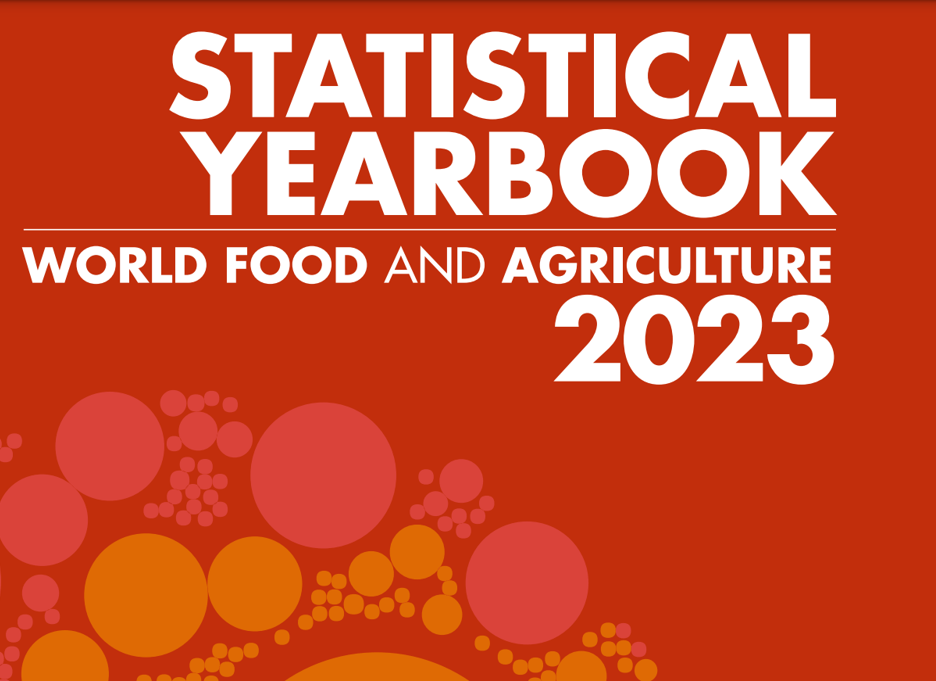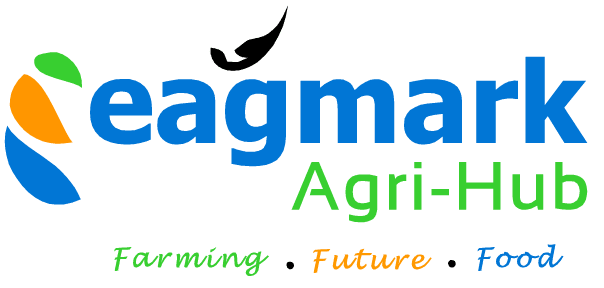FAO Report Calls for Urgent Need to Transform Global Food Systems

The Food and Agriculture Organization (FAO) of the United Nations recently released its Yearbook on the state of world food and agriculture. The Statistical Yearbook 2023 reports that global agriculture was marked by both triumphs and challenges in 2021. The comprehensive report explores various facets of the global food system, encompassing production, trade, prices, food security, nutrition, and sustainability.
One of the notable highlights of 2021 was the record-breaking global food production, with total cereal production reaching a record 2.9 billion tonnes showing the resilience and adaptability of agricultural systems worldwide. However, amidst this abundance, the report sheds light on the looming challenges confronting the global food system, including the ominous specters of climate change, burgeoning population growth, and geopolitical conflicts.
A salient revelation from the FAO report is the unambiguous concentration of primary crop production, with the top three producers wielding significant influence over global supplies. For example, the top three producers of wheat account for 56% of global production. This concentration of production raises concerns about food security, as a disruption in production in one country could have a significant impact on global food supplies, which could precipitate supply shortages and price spikes.
The report also finds that the two largest net exporters of food are the Americas and Brazil. The Americas exported a net of $401 billion worth of food in 2021, while Brazil exported a net of $113 billion. China, on the other hand, is the world’s largest net importer of food, importing a net of $252 billion in 2021.
Key statistics from the report highlight the evolving contours of agricultural landscapes worldwide. Notably, agricultural value added surged by 84% between 2000 and 2021, reaching a commendable USD 3.7 trillion. However, amidst this growth trajectory, the report elucidates a notable shift in labor dynamics, with agricultural employment declining from 40% of the global workforce in 2000 to 27% in 2021, highlighting the gradual transformation of economies towards diverse sectors.
The FAO report also shines a spotlight on environmental sustainability within agricultural systems. Alarmingly, pesticide use surged by 62% between 2000 and 2021, with the Americas accounting for a substantial share of this increase. Additionally, agricultural reliance on inorganic fertilizers remains pronounced, with nitrogen constituting 56% of the 195 million tonnes of nutrients utilized in 2021. These trends stress the need to adopt sustainable agricultural practices to mitigate environmental degradation and safeguard ecosystem health.
Also, the report highlights the inextricable linkages between food security and nutrition. Sadly, an estimated 777 million individuals grappled with undernourishment in 2021, while 2.3 billion people lacked access to adequate nutrition. These sobering statistics emphasize the urgency of concerted efforts to boost food security and address malnutrition through multifaceted interventions encompassing sustainable agriculture, market accessibility, and food waste reduction initiatives.
The report concludes by calling for a more sustainable and equitable food system. The report recommends a number of measures to achieve this, including investing in research and development, promoting sustainable agricultural practices, and reducing



